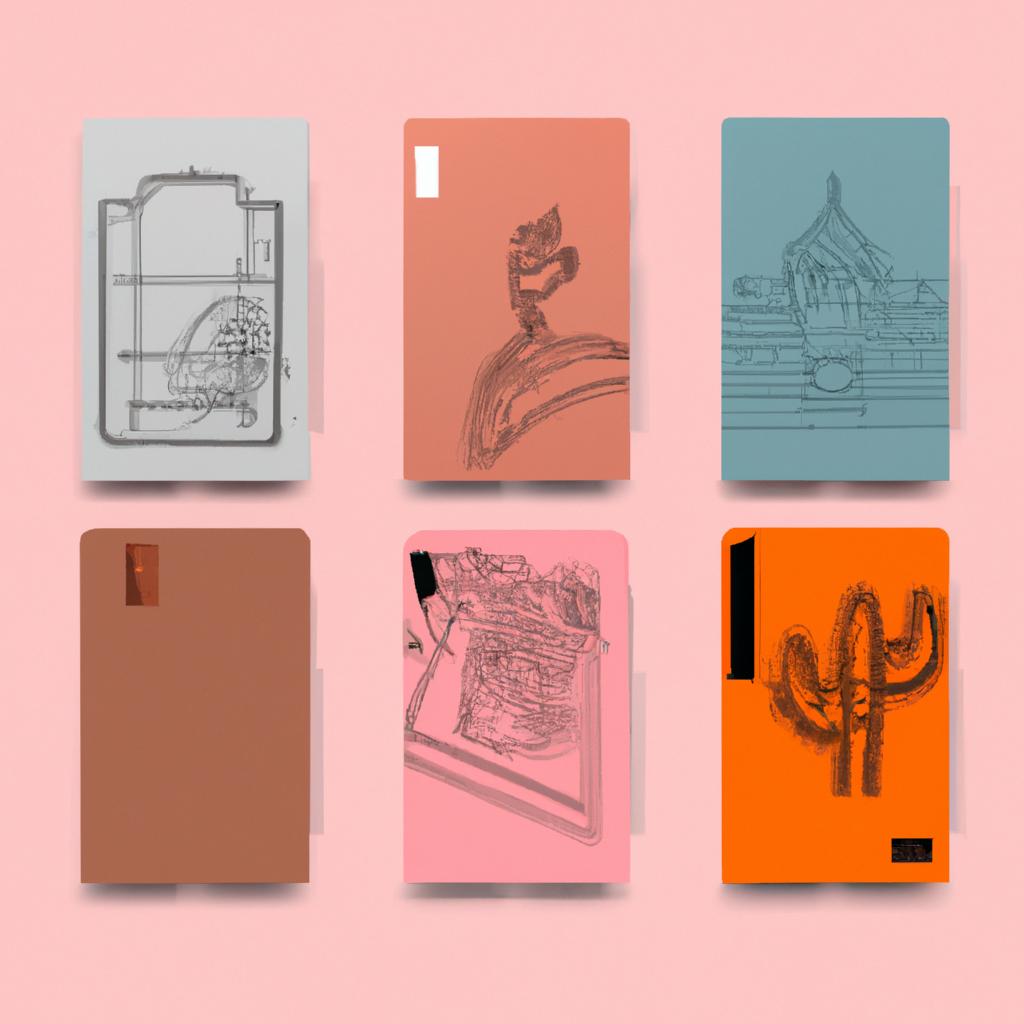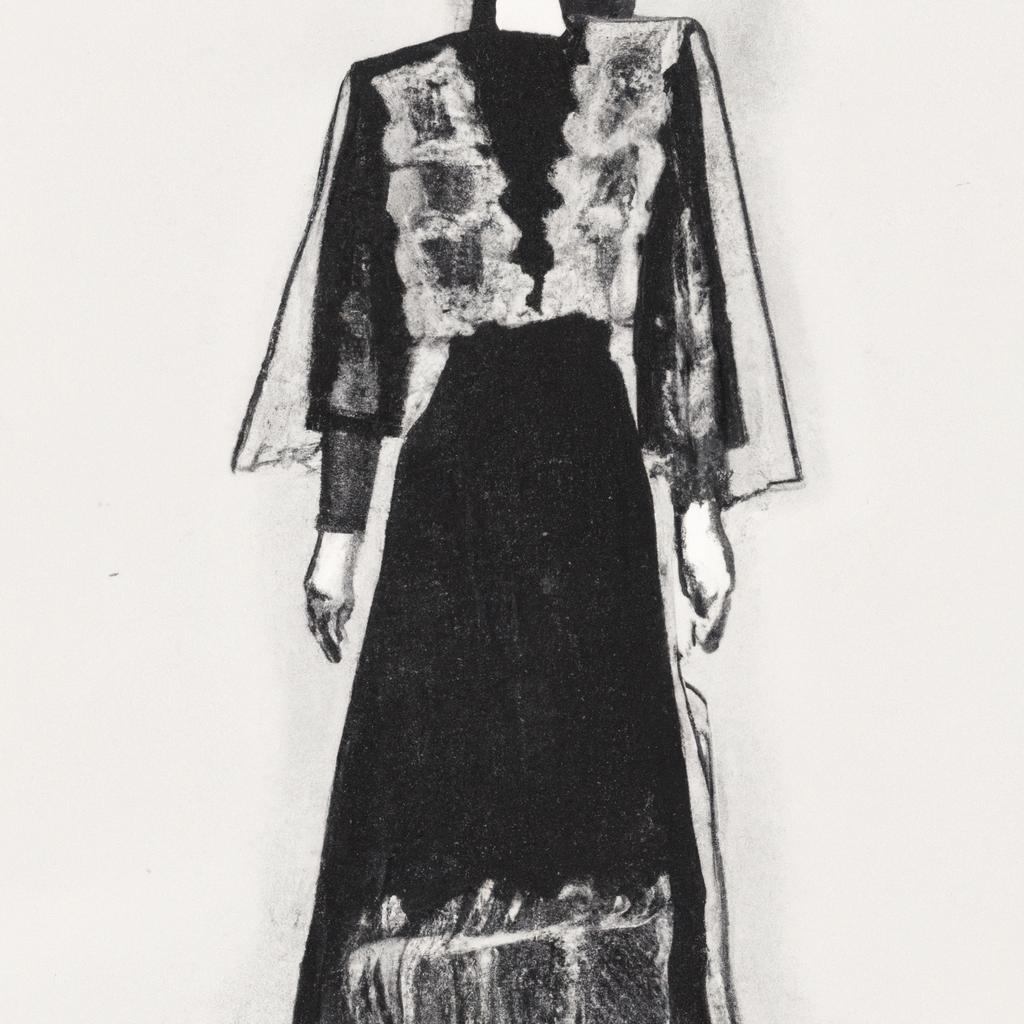Unraveling Style: A Comprehensive Journey Through Fashion History in The Fashion Encyclopedia
Fashion, an ever-evolving tapestry woven with threads of culture, identity, and expression, serves as both a mirror and a mold for society. It reflects our values, aspirations, and revolutions while shaping our perceptions of beauty and self. In “The Fashion Encyclopedia,” we embark on a meticulous exploration of this intricate landscape, tracing the origins and transformations of style from ancient civilizations to contemporary runways. This journey reveals the stories behind iconic garments, the innovators who dared to challenge norms, and the social movements that have continuously influenced what we wear. Join us as we unravel the nuanced layers of fashion history, illuminating the connections between past and present, tradition and innovation, and individual expression and collective identity. Whether you are a seasoned fashion enthusiast or merely curious about the influences that shape our wardrobes today, this comprehensive guide promises an enlightening voyage through the fabric of time.

Exploring the Evolution of Fashion Trends Through the Ages
The fabric of society has often been interwoven with the threads of its fashion choices. From the opulent court attire of the Renaissance to the laid-back aesthetic of modern streetwear, trends have played a pivotal role in reflecting the sociopolitical climate of their times. **Key influences** throughout the ages include:
- The Renaissance (14th-17th Century): An explosion of color and fabric, showcasing the wealth and artistry of the era.
- The Industrial Revolution (18th-19th Century): Mass production of clothing made fashion accessible to the burgeoning middle class.
- The Roaring Twenties: A time of liberation and optimism, marked by flapper dresses and bold accessories.
- Post-War Fashion (1950s): A return to femininity with cinched waists and full skirts, echoing prosperity.
- Contemporary Era: Diverse styles that celebrate individuality, sustainability, and technology.
Through these epochs, fashion has also served as a canvas for cultural movements and expressions. The 1960s, for instance, bore witness to the rise of the counterculture, evident in the vibrant tie-dye and bell-bottoms that symbolized rebellion against societal norms. The impact of globalization has further blurred the lines of fashion, as styles from around the world intermingle. Below is a simple comparison of notable fashion eras, highlighting their distinctive characteristics:
| Era | Key Features | Influences |
|---|---|---|
| Renaissance | Elaborate garments, rich fabrics, intricate details | Art, wealth, and power |
| 1960s | Bright colors, bold patterns, unisex styles | Counterculture, music, and social change |
| Contemporary | Diverse styles, sustainability focus, tech integration | Globalization, social media, and environmental awareness |

Decoding Iconic Styles and Their Cultural Significance
Fashion is far more than mere clothing; it serves as a canvas reflecting societal values, aspirations, and cultural phenomena. Each iconic style carries a narrative that reveals historical contexts, influences, and the evolution of human expression. For instance, the **flapper dresses of the 1920s** symbolized a departure from tradition and an embrace of modernity, associated with the women’s liberation movement and the Jazz Age’s exhilarating spirit. Similarly, **the sharp tailoring of 1980s power suits** not only emphasized individuality but also represented the era’s cutthroat corporate culture, as female professionals sought empowerment in a largely male-driven environment.
Understanding the significance of these styles involves delving into the characteristics that defined them and the societal shifts they embody. Consider the following representative styles and their impact:
| Style | Era | Cultural Significance |
|---|---|---|
| Flapper Dress | 1920s | Embraced women’s liberation and defied traditional gender norms. |
| Power Suit | 1980s | Symbolized female empowerment and the rise of corporate America. |
| Grunge Fashion | 1990s | Reflected rebellion against consumerism and societal expectations. |
| Sneaker Culture | 2000s-Present | Showcased the blend of comfort, style, and status among youth cultures. |
Through these styles, one can trace the threads of cultural dynamics and human experience, understanding how fashion serves as a powerful vehicle for personal and collective identity. Such interpretations invite a deeper appreciation for the layers of meaning infused within fabric, stitch, and silhouette, providing a rich tapestry of cultural history that continues to evolve with each passing decade.

Navigating the Future of Fashion: Lessons from the Past
Fashion is often viewed as a fleeting phenomenon, dictated by trends that come and go with the seasons. However, if we dive into the depths of its history, we can uncover profound lessons that resonate through time. The revolutionary movements of the past, from the opulence of the Victorian era to the liberation of the 1960s, tell us that innovation often arises from a response to societal shifts. For instance, the rise of the minimalist aesthetic in the late 20th century shed light on our continuous quest for authenticity, prompting designers to rethink their approaches. As we forge ahead, understanding these patterns becomes crucial; we see that each decade’s signature styles often emerge from the cultural climate of the time. We must remember that history isn’t just a guide but a mirror reflecting our hopes and challenges.
To navigate the future of fashion effectively, it’s essential to take note of the cyclical nature of style. Here are some key insights from past epochs that can inform contemporary practices:
- Adaptability: Each era has witnessed designers who’ve been quick to embrace change, showcasing that flexibility is key in the face of shifting consumer desires.
- Sustainability: Vintage styles often emphasize quality over quantity, suggesting a pathway toward a more sustainable industry focused on timeless pieces.
- Diversity: By acknowledging various influences—from indigenous textiles to avant-garde concepts—we can cultivate a richer, more inclusive fashion narrative.
By weaving the lessons from our past into the fabric of future design, we can not only honor the legacy of fashion but also champion a forward-thinking approach. This is evident in the table below, which succinctly captures pivotal movements and their lasting impacts:
| Era | Pivotal Movement | Key Takeaway |
|---|---|---|
| Victorian | Ornamentation | Beauty in excess can make way for function. |
| 1920s | Flapper Revolution | Fashion can be a form of rebellion. |
| 1960s | Cultural Explosion | Diversity enriches the style spectrum. |
| 1990s | Minimalism | Less is often more; simplicity can convey strength. |
Insights and Conclusions
As we close the pages of ”Unraveling Style: A Comprehensive Journey Through Fashion History in The Fashion Encyclopedia,” we invite you to reflect on the vibrant tapestry that fashion weaves through time. Each thread, each silhouette, whispers stories of cultural shifts, artistic movements, and the indomitable spirit of individual expression. Fashion is more than mere fabric; it is a language of identity, a canvas of creativity, and a mirror reflecting society’s evolution.
In exploring the milestones and minutiae of this dynamic world, we’ve traced the influences that have shaped our wardrobes and our ideals. From the opulence of royal courts to the rebellious flair of street style, the journey through fashion history reveals not just trends, but the heartbeat of humanity itself.
As you continue your own personal style journey, remember that every choice you make adds to the ever-unfolding narrative of fashion. Embrace the past as you step forward into the future, where every outfit is an opportunity to express who you are and where you’ve been. So, whether you draw inspiration from the pages of history or forge your own unique path, let your style tell your story. After all, fashion is not just about what we wear, but who we are becoming.

